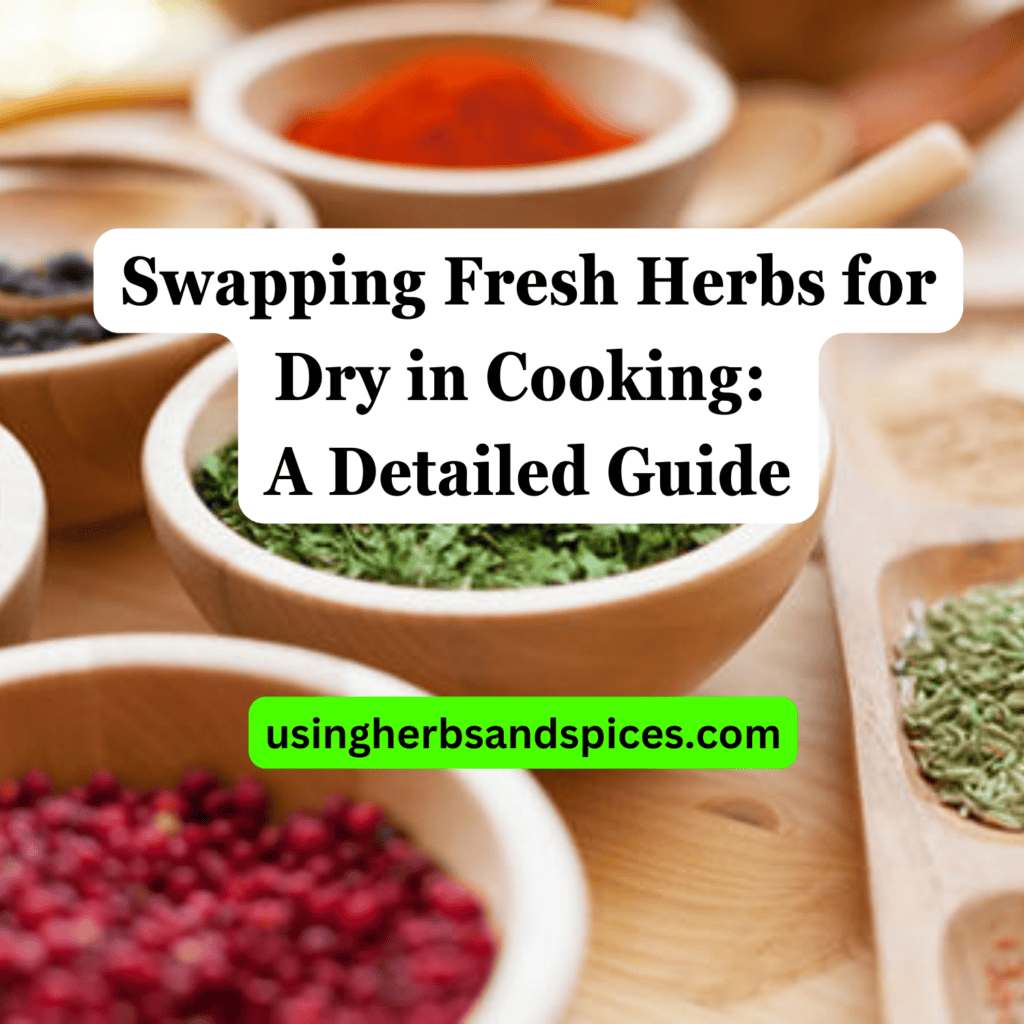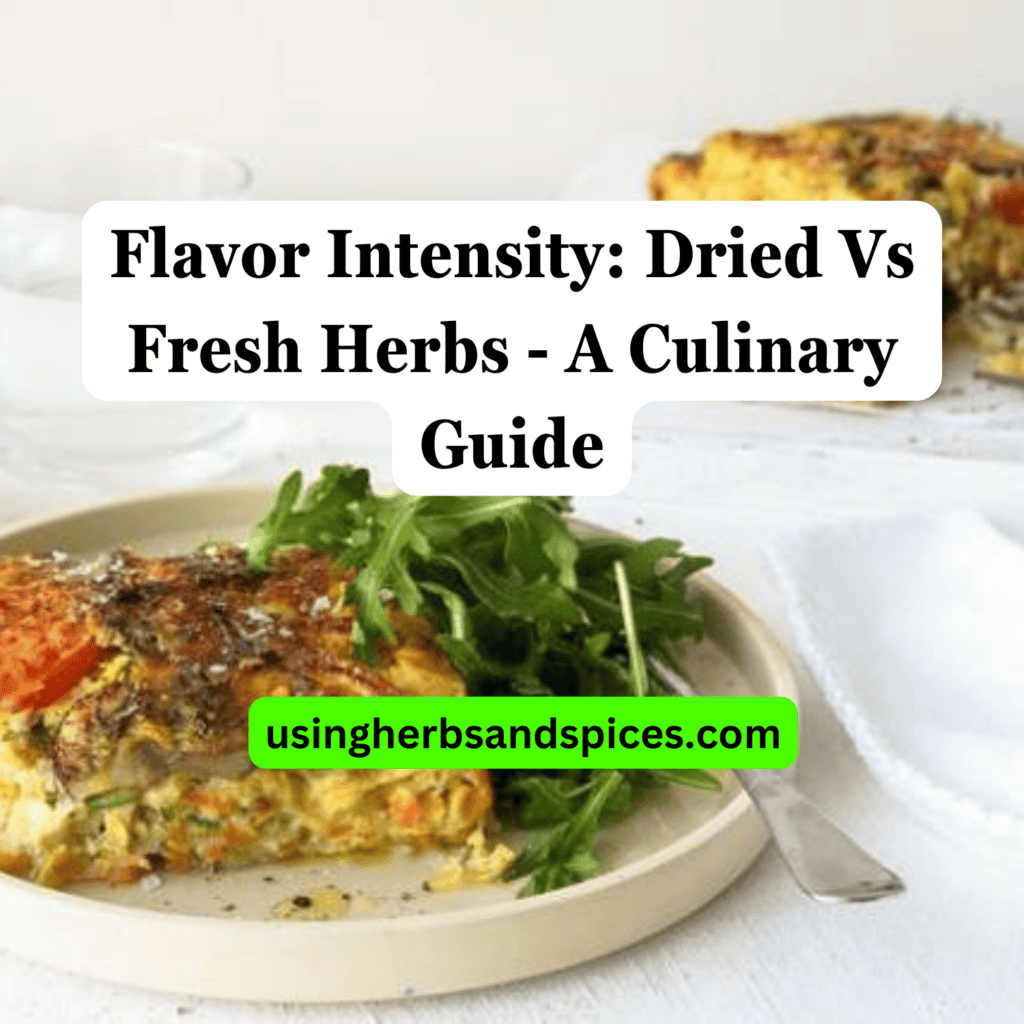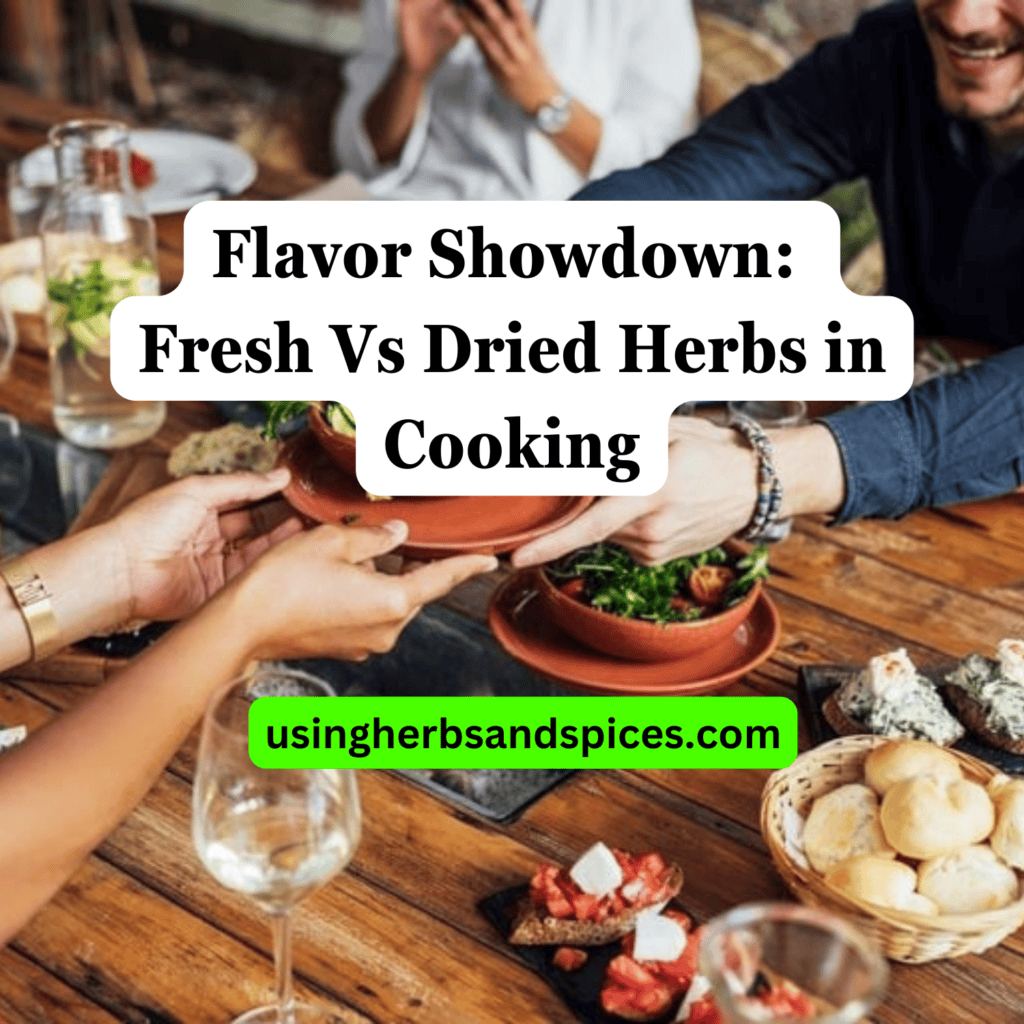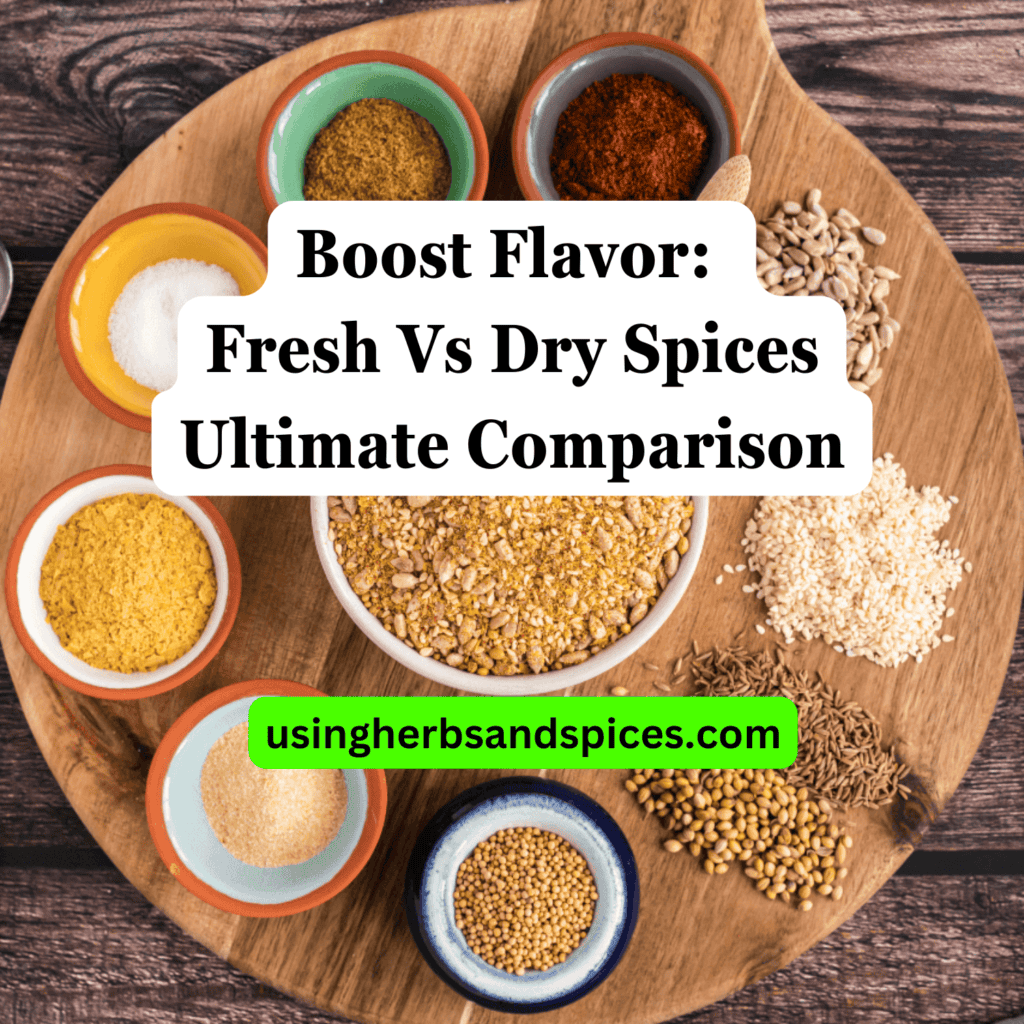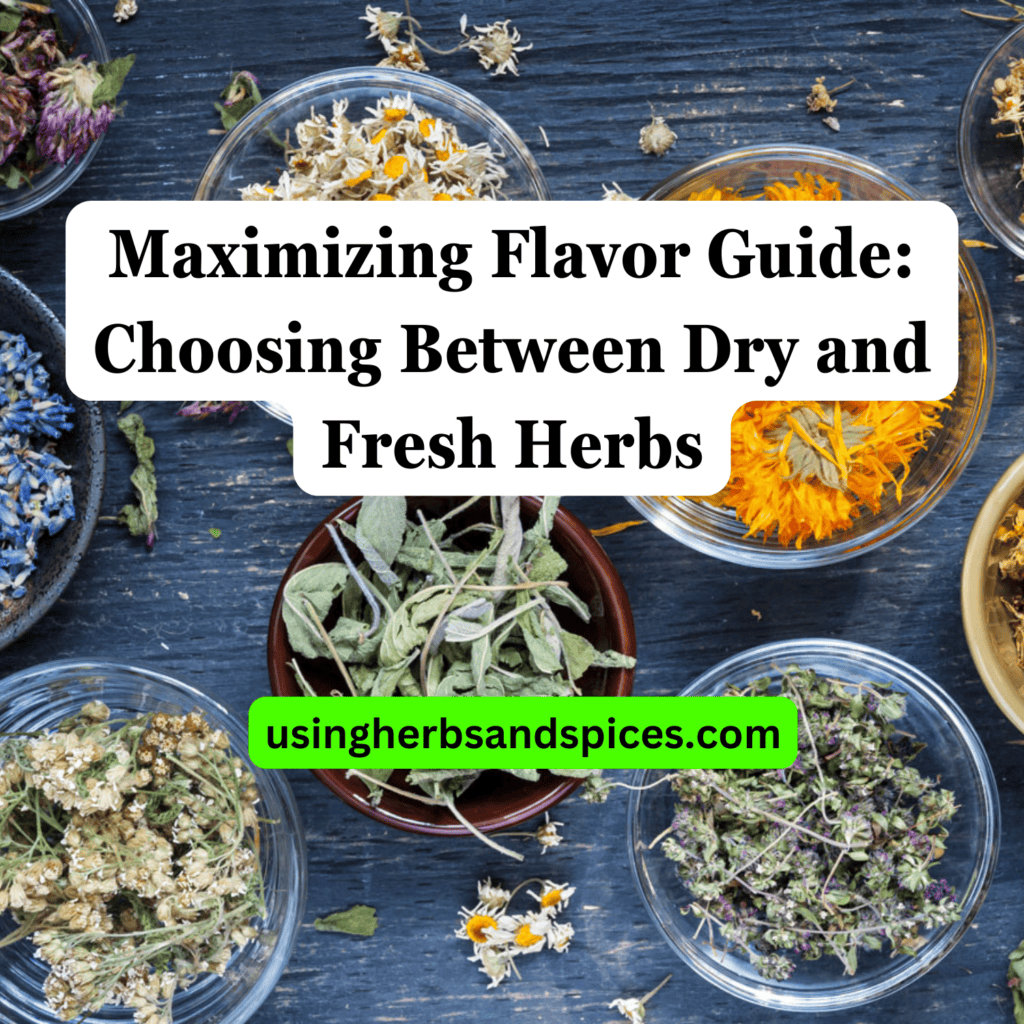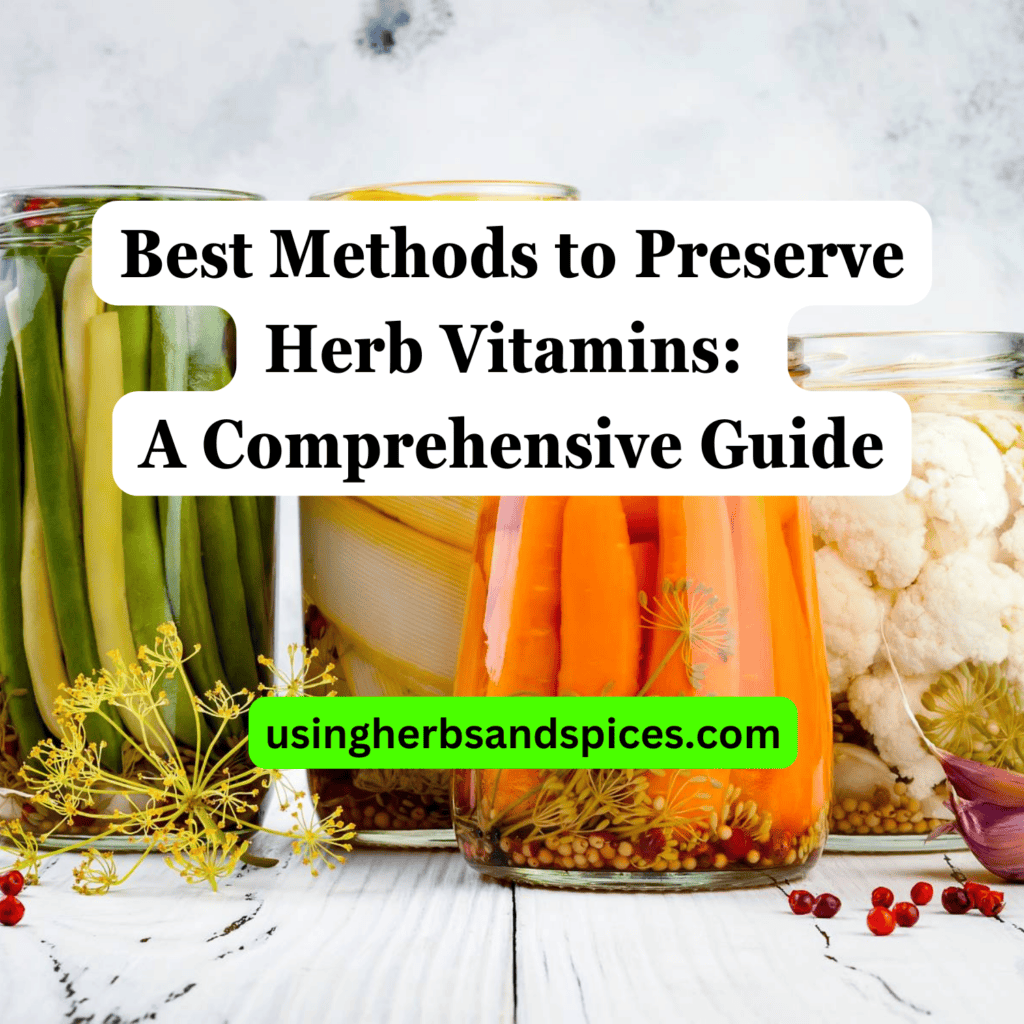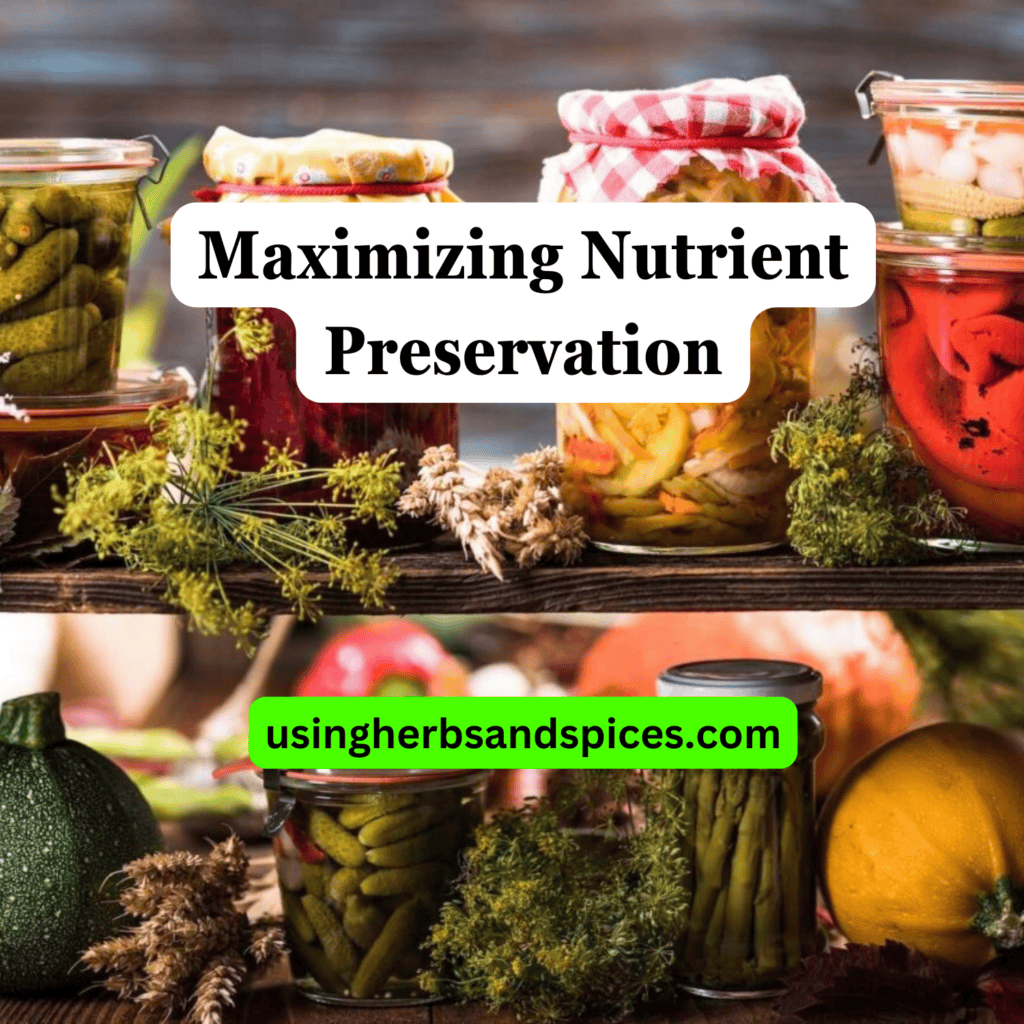SUMMARY: Swapping fresh herbs for dried ones is easy with a standard ratio, usually three parts fresh to one part dried. To maximize flavor and shelf life, store dried herbs properly and add them at the right time during cooking.
Ever found yourself fresh out of fresh herbs when your recipe calls for them?
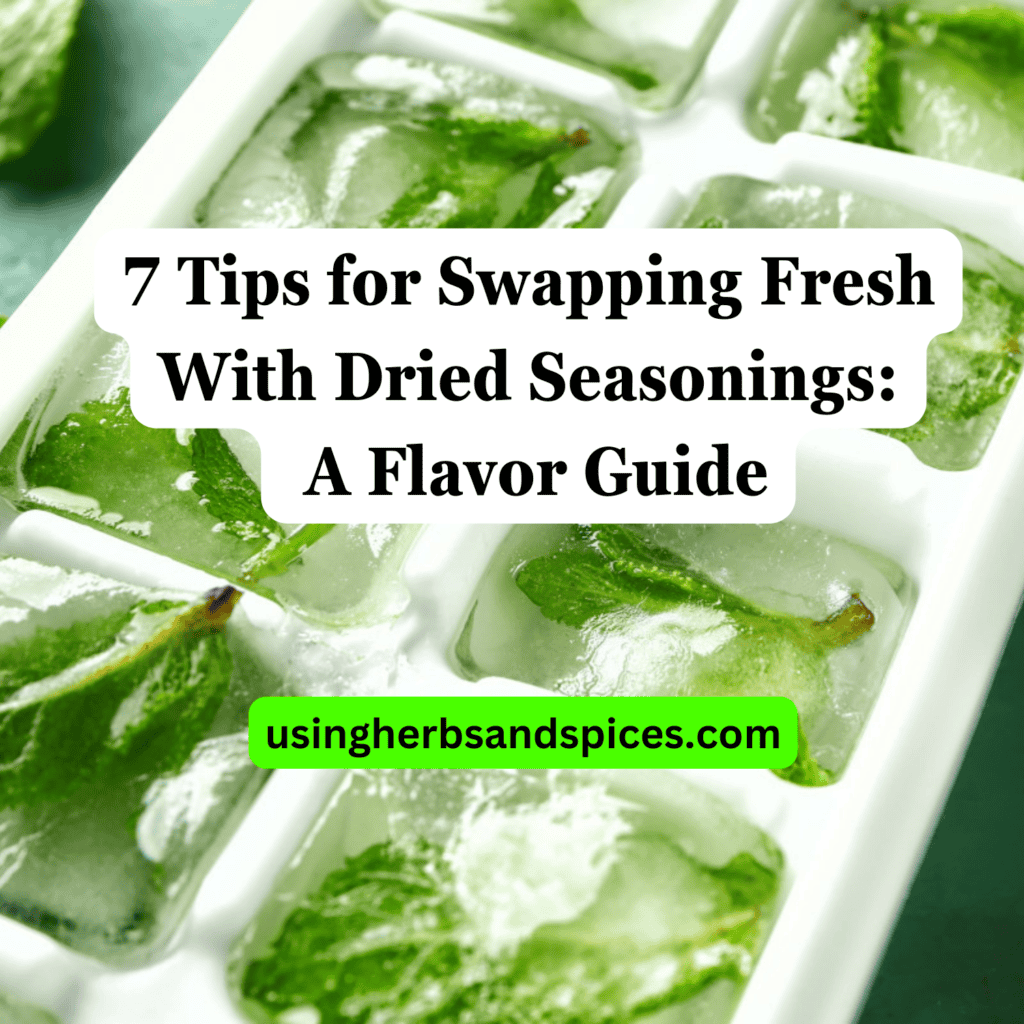
Knowing how to substitute dried herbs can save your dish and your day.
- Understanding the Basics of Herb Substitution
- The General Conversion Rule
- Best Practices for Using Dried Herbs
- Specific Herb Conversion Examples
Keep reading to master the art of swapping fresh with dried seasonings and make informed decisions in your cooking adventures.
Understanding the Basics of Herb Substitution
Before diving into how to substitute fresh herbs with dried ones, it’s important to recognize the fundamental differences between these two forms. Fresh herbs offer a vibrant color and a bright, aromatic flavor that’s hard to match. They contain moisture, which can add a certain texture and freshness to dishes. On the other hand, dried herbs, having been dehydrated, present a more concentrated flavor, which is why you’ll need less when substituting for fresh herbs. Understanding this balance is key to maintaining the intended taste and quality of your meals.
The General Conversion Rule
When substituting dried herbs for fresh in your recipes, a simple guideline to follow is the 1-to-3 rule. This roughly translates to using one part of dried herb for every three parts of fresh herb. Herbs intensify in flavor as they dry, therefore, less is required to achieve the same taste profile. However, keep in mind that the age of the dried herb can affect its potency. Freshly dried herbs will likely be more potent than those sitting in your cabinet for over a year.
This rule serves as a starting point. Depending on the dish and the herb’s role within it, you might adjust the ratio slightly. For example, robust herbs like rosemary or thyme can slightly overpower dishes if not measured carefully, even in their dried form. Conversely, more delicate herbs, such as dill or tarragon, may require a closer ratio to maintain their presence among other ingredients. Taste testing and adjustment are critical as you experiment with these conversions.
Best Practices for Using Dried Herbs
When incorporating dried herbs into your cooking, following a set of best practices can greatly enhance the flavor and longevity of these seasonings. First and foremost, it’s essential to ensure that your dried herbs are stored correctly. Keep them in a cool, dark place inside airtight containers to preserve their potency. Exposure to heat, light, or moisture can lead to rapid flavor degradation.
Another key consideration is the timing of adding dried herbs to your dish. Unlike fresh herbs, which are often added towards the end of cooking to maintain their vibrant flavor and color, dried herbs benefit from being added earlier in the process. This allows sufficient time for their flavors to infuse into the dish, creating a deeper, more complex flavor profile. A common practice is to add them during the cooking of your sauce, soup, or stew, giving them time to rehydrate and release their aromas.
Before adding dried herbs to your cooking, take a moment to crush them lightly between your fingers. This simple action helps to release essential oils, boosting the herb’s aroma and flavor. However, moderation is key; over-crushing can lead to a loss of flavor compounds.
Lastly, it’s vital to regularly check the freshness of your dried herbs. While they have a much longer shelf life than their fresh counterparts, they do not last indefinitely. Typically, whole dried herbs can retain their flavor for up to two years, while ground herbs are best used within a year. Conduct a sensory test by checking the aroma; if the herbs no longer release a distinct smell, they’ve likely lost their culinary value and should be replaced.
By adhering to these best practices, you can ensure that your use of dried herbs will consistently enhance your dishes, offering a convenient and flavorful alternative to fresh seasonings.
Specific Herb Conversion Examples
Successfully substituting fresh herbs with dried ones goes beyond understanding the general conversion rule. To help you adjust your recipes with confidence, here are specific examples of how to replace some commonly used fresh herbs with their dried counterparts.
Basil: When a recipe calls for 1 tablespoon of fresh basil, use 1 teaspoon of dried basil instead. This is because dried basil is more concentrated and potent.
Oregano: Replace 1 tablespoon of fresh oregano with 1 teaspoon of dried oregano. The intense flavor of dried oregano can easily overpower other flavors, so it’s important to use it sparingly.
Rosemary: For dishes requiring fresh rosemary, substitute 1 tablespoon of fresh with 1 teaspoon of dried rosemary. Crush the dried rosemary before adding it to your dish to release its aromatic oils.
Thyme: Use ¾ teaspoon of dried thyme to replace 1 tablespoon of fresh thyme. Dried thyme retains much of its flavor when dried, making it an excellent substitute for fresh.
Cilantro: Given its delicate nature, cilantro is tougher to substitute. However, in recipes where its presence isn’t central, use 1 teaspoon of dried cilantro for 1 tablespoon of fresh.
Remember, these conversions are guidelines to help you start. The potency of dried herbs can vary significantly based on their age and how they were stored. Always taste your dish as you go and adjust the seasoning according to your preferences. Through experimentation and adjustment, you’ll find the perfect balance to match the intended flavor profile of your recipe.
The Science of Drying Herbs for Intensity
Mastering the art of substituting fresh herbs with dried ones is an essential skill for any home cook looking to elevate their dishes.
- Understanding the fundamental differences between fresh and dried herbs is crucial for effective substitution.
- Adhering to the general conversion rule ensures the right balance of flavors.
- Proper storage and utilization of dried herbs can significantly enhance their contribution to your meals.
- Learning specific herb conversion examples provides a practical guide to making these swaps confidently.
- Embracing the versatility and convenience of dried herbs opens up a world of culinary possibilities
With these tips in hand, you’re well-equipped to navigate the nuanced world of herbs, adding depth and dimension to your cooking with ease. Whether you’re tweaking a favorite recipe or experimenting with something new, the ability to interchange fresh and dried seasonings is an invaluable tool in your culinary toolkit.
Swapping Fresh With Dried Seasonings FAQs
Can I substitute any fresh herb with its dried form?
While most fresh herbs can be substituted with their dried forms, the flavor intensity varies. Dried herbs are more concentrated than fresh ones; therefore, the substitution requires adjustments to quantities. However, the general rule of thumb is a 1:3 ratio of dried to fresh. Note, some delicate herbs like parsley might lose a significant portion of their flavor when dried.
How do I know when to add dried herbs in the cooking process?
Dried herbs should be added at an earlier stage in the cooking process than fresh herbs. This allows time for their flavors to infuse throughout the dish. Generally, adding them during the cooking process, such as at the beginning of a simmer or sauté, will yield the best flavor profiles.
Are there any herbs that are better fresh?
Some herbs, like cilantro, basil, and chives, are generally better when used fresh. This is because they possess delicate flavors and aromas that are diminished when dried. For dishes where these herbs are a key flavor component, it’s best to use them fresh to capture their vibrant taste.
Is there a difference in shelf life between fresh and dried herbs?
Dried herbs have a significantly longer shelf life compared to their fresh counterparts. When properly stored in a cool, dry place, dried herbs can retain their flavor for up to a year or more, making them a convenient and cost-effective option for many cooks.

